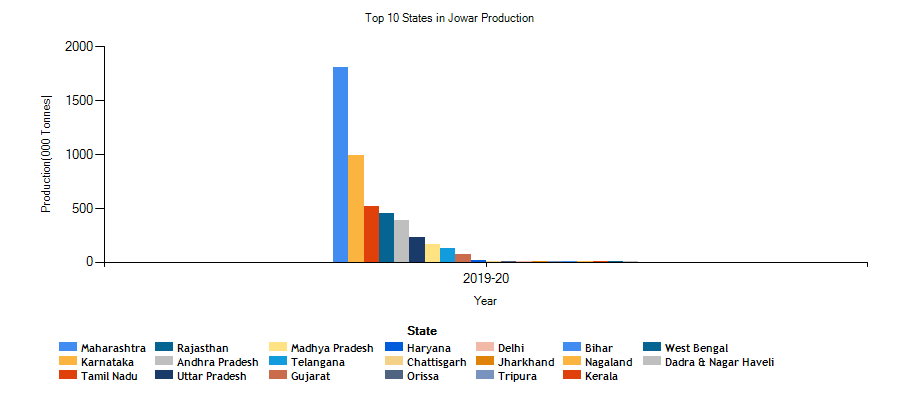Agriculture
Genes to Increase Grain Size of Sorghum
- 30 Sep 2021
- 2 min read
Why in News
Recently, as per a report from the University of Queensland (UQ), Australia, genes that can increase the grain size of sorghum have been discovered.
Key Points
- About:
- As many as 125 regions in the sorghum genome have now been identified where variation in the DNA sequence was associated with grain size and response to environmental conditions.
- New variants have also been identified that are capable of doubling grain weight.
- Significance:
- Bigger grain size can improve the usage value of the crop. Larger grains make it more digestible for both people and animals and improves processing efficiency.
- Sorghum:
- It is a versatile grain crop used for human consumption, fodder and bioenergy generation.
- The grain is popular across the world because it has a low glycaemic index, is gluten-free and nutritious.
- The lower the glycemic index of a cereal, the lower is the relative rise in blood glucose level after two hours of consuming it.
- The variety of the crop found in India is called jowar. It is said to have its origin in the country and is one of its most important food and fodder crops.
- Jowar has a dedicated All-India Coordinated Research Project since 1969.
- Sorghum plants are very hardy and can withstand high temperature and drought conditions.
- It is well adapted to semiarid regions with a minimum annual precipitation of 350-400 mm. It is grown in areas that are too hot and dry for growing maize. In India, the main sorghum belt receives an annual rainfall ranging from 400-1000 mm.
- It can grow on a wide range of soils. Medium to deep black soils are predominantly suitable for growing sorghum.
- States Producing Jowar in India:







